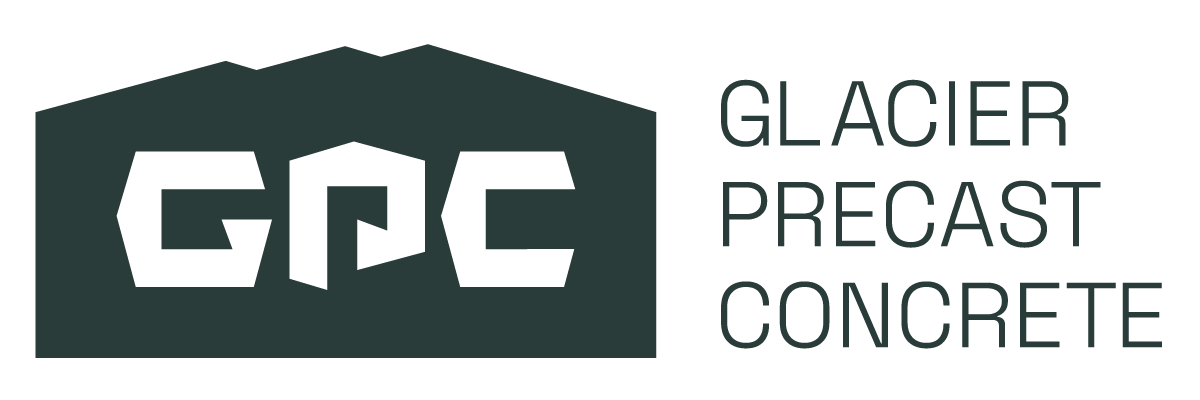When it comes to building reliable infrastructure, the choice between precast concrete and polymer-based (Nyoplast) systems isn’t superficial—it’s structural. The difference shows up in long-term strength, stability, durability, and lifecycle value. Here’s why precast concrete consistently leads.
1. Certified for HL-93 Traffic Loads
Precast concrete structures are engineered to meet HL-93 load requirements—the gold standard for highway and bridge design (FHWA, 2015; Structure Magazine, 2019). With built-in bending, shear, and safety factors, precast units maintain superior load-bearing performance where polymer systems often fall short.
2. Negligible Creep, Predictable Stability
Polymers tend to deform slowly under sustained load (creep), compromising geometry and function over time. In contrast, well-designed concrete has minimal and predictable creep. As Gao et al. (2023) note, the aggregate skeleton within concrete restrains deformation, preserving structural integrity for decades.
3. Immune to UV Degradation
Polymer materials degrade when exposed to ultraviolet radiation, even with stabilizers. Concrete does not. Its mineral matrix remains unaffected by sunlight or UV exposure, making it the more secure and durable option for above-ground or exposed installations.
4. Proven Durability and Lower Lifecycle Cost
Precast concrete withstands weathering, abrasion, fire, chemicals, and impact better than polymers—and without the risk of pest or thermal damage. Long-term studies show concrete structures performing flawlessly after 35 years (Wells Concrete, 2023). With proper curing and low-permeability design, precast components can easily exceed a 100-year service life (Del Zotto, 2025).
5. Superior Factory Quality Control
Every precast unit is produced under controlled plant conditions with precise mix designs and curing protocols, ensuring consistent strength and dimensional accuracy (McNeil Engineering, 2023). By contrast, polymer systems rely heavily on field installation variables, introducing quality and longevity risks.
6. Local, Sustainable, and Circular
Precast manufacturing supports local economies by sourcing aggregates, cement, and labor regionally—reducing transportation emissions. Moreover, concrete can be crushed and reused as base material at the end of its life, unlike most polymer products that end up as landfill.
7. Design Flexibility and Engineering Confidence
Concrete offers nearly limitless design versatility—custom geometries, embedded features, and seamless integration into larger systems. Its proven performance record and wide acceptance across engineering codes simplify permitting, review, and specification—reducing design risk.
The Bottom Line
Precast concrete combines structural strength, predictability, and durability with local sustainability and long-term value. For infrastructure that must last, precast isn’t just the safer choice—it’s the smarter investment.




